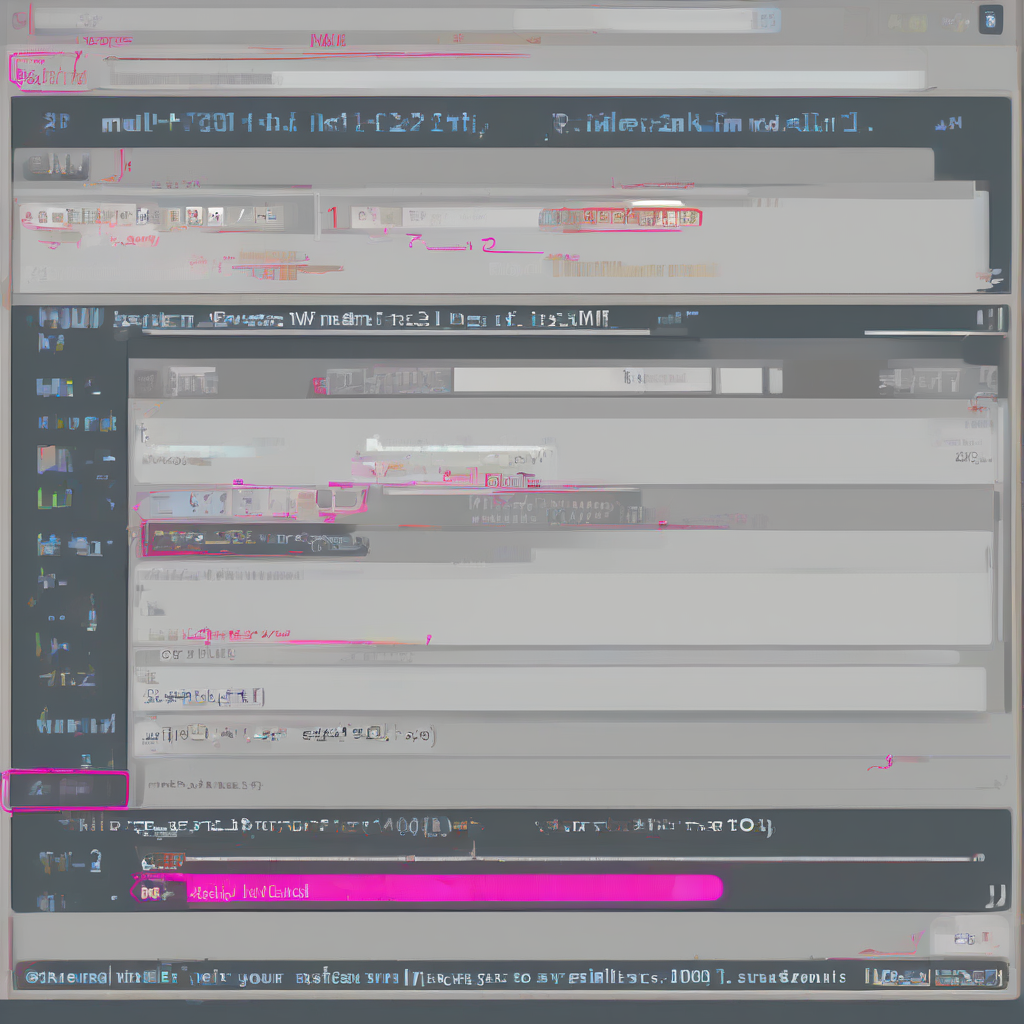Conquer Your Credit Card Debt: A Comprehensive Guide to Getting Back on Track
Credit card debt can feel overwhelming, but it’s a problem that can be solved with a strategic approach. This guide provides a comprehensive overview of effective methods to tackle your credit card debt, regain control of your finances, and achieve financial freedom.
Understanding the Problem: Recognizing the Impact of Credit Card Debt
Credit card debt can have a significant impact on your financial well-being, affecting your credit score, future borrowing opportunities, and overall financial health. Here are key aspects to consider:
- High Interest Rates: Credit cards often carry high interest rates, which can quickly accumulate and make it challenging to pay off the balance.
- Debt Snowball Effect: As interest accumulates, the principal balance grows, leading to a snowball effect that can be difficult to manage.
- Negative Impact on Credit Score: High credit card utilization and late payments can significantly lower your credit score, hindering your ability to secure loans, mortgages, or even rent an apartment.
- Financial Stress: The burden of credit card debt can lead to financial stress, impacting your mental well-being and overall quality of life.
Step 1: Assess Your Current Situation: Gathering the Data
Before embarking on a debt reduction journey, it’s crucial to understand your current financial landscape. This involves:
- Listing All Credit Cards: Create a list of all your credit cards, including their balances, interest rates, minimum payments, and due dates.
- Calculating Your Total Debt: Add up the balances of all your credit cards to determine your total credit card debt.
- Analyzing Your Spending Habits: Track your spending for a few months to identify areas where you can cut back and free up more cash flow.
Step 2: Create a Budget: Taking Control of Your Finances
A budget is the cornerstone of financial stability and is essential for debt reduction. Follow these steps to create a realistic budget:
- Track Your Income: Record all sources of income, including salary, investments, and any other regular income streams.
- Categorize Your Expenses: Categorize your expenses into essential needs (housing, utilities, groceries), discretionary spending (entertainment, dining out), and debt payments.
- Identify Areas for Savings: Analyze your expenses and identify areas where you can cut back or reduce spending without impacting your quality of life.
- Set Realistic Goals: Establish achievable financial goals, such as paying off a specific credit card within a set timeframe.
Step 3: Explore Debt Reduction Strategies: Finding the Right Approach
There are various debt reduction strategies, each with its own pros and cons. Choose a method that aligns with your financial situation and goals:
3.1 Debt Snowball Method
This method involves paying off the smallest debt first, regardless of the interest rate. The feeling of accomplishment from paying off small debts early motivates you to continue paying down larger debts.
- Pros: Easy to understand and implement, provides a sense of progress, can be motivating.
- Cons: Can take longer to pay down high-interest debts, might not be the most cost-effective.
3.2 Debt Avalanche Method
The debt avalanche method prioritizes paying off the debt with the highest interest rate first, even if it’s a larger balance. This strategy minimizes the amount of interest accrued over time and saves you money in the long run.
- Pros: More cost-effective, saves money on interest payments, can be a more efficient approach.
- Cons: Can be less motivating initially, may require more discipline to stick with it.
3.3 Balance Transfer
Consider transferring your high-interest credit card balances to a card with a lower interest rate. This can save you significant interest charges, especially if you have a substantial balance.
- Pros: Can reduce interest payments, provide temporary relief from high interest rates.
- Cons: Often come with balance transfer fees, may have a limited promotional period with lower interest rates.
3.4 Debt Consolidation Loan
A debt consolidation loan can combine multiple high-interest debts into a single loan with a lower interest rate. This can simplify your debt repayment process and potentially save you money on interest payments.
- Pros: Simplifies debt management, potentially reduces interest payments, can improve your credit utilization ratio.
- Cons: Requires good credit to qualify, may have longer repayment terms, may come with additional fees.
Step 4: Implement Your Strategy: Taking Action
Once you’ve chosen a debt reduction strategy, it’s time to put it into action:
- Set Up Automatic Payments: Automate your minimum payments to avoid late fees and ensure regular progress.
- Increase Minimum Payments: If possible, increase your minimum payments beyond the required amount to accelerate debt repayment.
- Make Extra Payments: Whenever you have extra funds, make additional payments toward your debt. This can significantly shorten the repayment period.
- Negotiate with Credit Card Companies: Contact your credit card companies and ask for a lower interest rate or a hardship program to reduce your payments.
Step 5: Monitor Your Progress: Staying on Track
Regular monitoring is essential to ensure you stay on track with your debt reduction plan.
- Track Your Payments: Keep a record of your payments and update your debt balances regularly.
- Review Your Budget: Periodically review your budget to make sure it aligns with your financial goals and spending habits.
- Adjust Your Strategy: If necessary, adjust your debt reduction strategy to reflect any changes in your financial situation or priorities.
Step 6: Build Good Financial Habits: Preventing Future Debt
Once you’ve tackled your credit card debt, it’s essential to establish good financial habits to prevent future debt accumulation.
- Live Within Your Means: Avoid spending more than you earn, and ensure you have a budget that aligns with your income.
- Save Regularly: Set up an emergency fund to cover unexpected expenses and avoid resorting to credit cards.
- Avoid Impulse Purchases: Think before you buy, and consider if you truly need the item or if it’s a want that you can afford to delay.
- Educate Yourself: Learn about personal finance, credit scores, and responsible money management practices.
Conclusion: Reclaiming Your Financial Freedom
Conquering credit card debt requires commitment and discipline. By following these steps, you can take control of your finances, achieve financial freedom, and create a brighter future for yourself and your family. Remember, you’re not alone, and there are resources available to support you on this journey.




